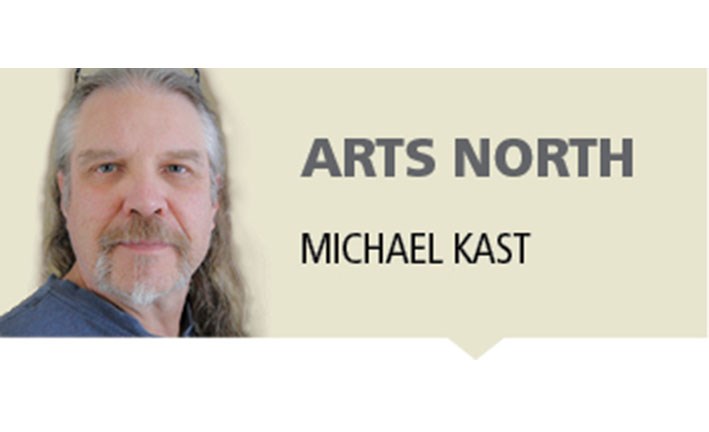There is a 100 per cent probability that, at some point during your day, you will engage with art of some kind. The music you hear, artist. The album cover art (that just shows my age), artist. Building designs, coffee mug designs, brand logos and colours, the ads you see in this paper/on this website. The most heinous and most peaceful of symbols throughout history were and are created by an artist.
Why perpetuate the myth of the starving artist? The image suits everyone except the artist. Unless they suffer from the martyr syndrome. Sadly, some do. Literally and figuratively, “poor me, poor me, poor me.”
But I digress.
How does this label benefit people?
For the Paleocon, borderline alt-right extremists, the starving artists and probably artist in general are one of many poster children for their attack on what they consider the welfare state and how frivolous of these artists to be, well, making art. How terrible of them to tell the truth, to define a culture. How reprehensible of them to exercise the freedom of expression. Kind of like what I am doing here.
Now, before you right wing cons (what an appropriate moniker) get your boxers in a bunch, we will swing the pendulum to the left and include the bleeding heart, eco socialist, Stalinist extremists who would hold artists up as beacons of freedom, a representation of the downtrodden.
They then would take whatever money the artists did make and give it to someone else. Freedom of expression, they would shout. Bemoaning attacks and restrictions on our expressive freedoms, all the while ranting that any view not aligned with theirs is somehow fascist. Should we, at any time, share an opinion, create an image, use a word, and/or a turn of phrase that might hurt someone’s feelings, the cancel culture kicks in. That whole political correctness thing is enough fodder for an entire column.
It appears nobody is going to emerge unscathed in this one. Except for the centrists. Wishy washy to a degree, but mostly they are about admiring the art or not admiring it, buying it or not buying it and, as Jerry Saltz, the New York Magazine, Pulitzer prize winning critic (yes, there is a Pulitzer prize for failed artists who go on to be critics) says, and I paraphrase; “Art, you either love it, or you don’t.”
Art is only worth what someone is willing to pay for it. That is why, during these especially unique and difficult times, it saddens me to see artists selling their artworks at ridiculously low prices. It not only devalues their work; it has the same effect on all creatives.
Artists are grateful for the government’s help. For many, not just artists, it is the difference between having food or not. Hell, it is the ability to have one’s basic human needs met. The pandemic has uncovered the flaws in the system. The government, in implementing the CERB, have shown to many minimum wage earners, what a living wage looks like. Perhaps even what a Universal Basic Income might look like.
Yes. Universal Basic Income. A minimum income for everyone.
Of course, the detractors on the right will scream welfare state, those on the left think everything is a good start but “never enough.” Like every system, it has flaws. The pros, however, outweigh the cons. Without having to worry about losing homes, feeding their children or getting swamped in debt, people of all kinds, not just artists, will be free to explore. This will encourage creativity, experimentation, invention and innovation. Some people will choose not to work, that will never change, no matter the system.
Some artists will still starve and sadly, some artists will not succeed. They will still sell their artwork at prices lower than what they are worth. Devaluing the entire market. Some will give it away for “exposure.”
I got news for you, kids; people die from exposure, and yes, starvation.



